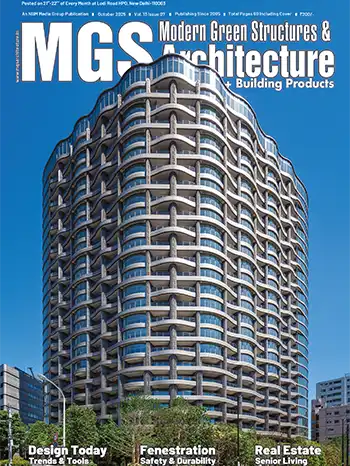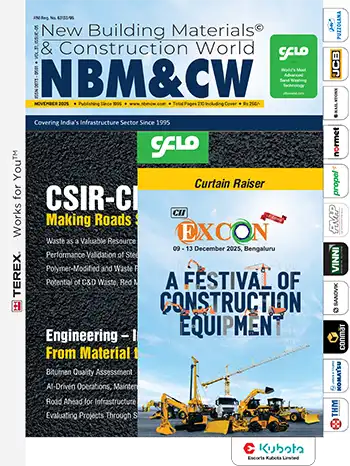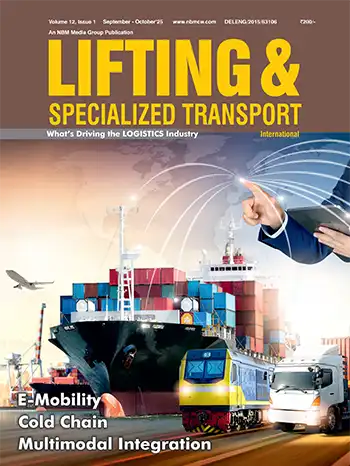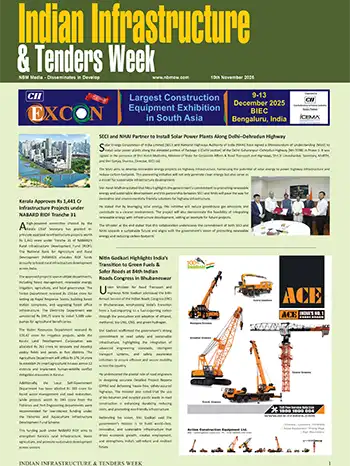Carlos Banon - AI x Architecture Expert, Associate Professor at Singapore University of Technology and Design (SUTD), Singapore

AI as a Technology for Architectural Innovation
I am developing AI methods and workflows to co-design with this new form of intelligence, producing outcomes that were unthinkable before, at a faster pace and in a very innovative way. The design process is challenged when we can generate images of our visions early on, requiring expertise in rationalization of the geometry to materialize those visions effectively.My research explores how AI can help generate complex geometries that are visually striking, structurally efficient, and environmentally responsive. By augmenting designer capabilities, AI expands creativity and opens new avenues for architecture that is more sensitive, natural, and human. By integrating AI, architects can create adaptable, resource-efficient buildings that meet user needs in innovative ways.
One standout project is the AirMesh Pavilion, an experimental structure where an AI-optimized design was materialized using 3D-printed stainless-steel nodes to reduce weight, increase efficiency, and minimize wastage. This project beautifully illustrates how AI-driven design can produce architecture that is functional, aesthetically compelling, and resource-efficient.
I foresee AI as a vital creative partner for future designers and architects - a central force in designing future buildings and cities. AI brings the power of super intelligence to the discipline, allowing faster, more informed, and optimized decisions at every stage—from concept to fabrication. I believe that the more we embrace AI, the more human our designs can be.
Carlos Banon
Role of AI in Shaping Future Cities
With urban populations growing rapidly, resource-efficient, and adaptable, urban spaces are more critical than ever. AI is a crucial tool for making informed decisions and optimizing urban planning by considering more factors during design and management, ultimately crafting urban environments that are liveable, resilient, and resource-efficient. By leveraging AI, we can make cities more responsive to the challenges of climate change and urbanization.AI-driven architecture is particularly relevant to smart cities, where technology manages and optimizes urban infrastructure. AI can help transform how architects generate forms, optimize materials, and advance sustainability—paving the way for dynamic, adaptable cities.
Democratization of Technology
By making AI accessible to empower more architects and designers, we can promote a more diverse and inclusive architectural landscape. As AI tools become widely available, they have the potential to democratize architecture, opening the door for more diverse and inclusive design solutions.However, one needs to be also mindful of the ethical implications of AI, including authorship and the risk of perpetuating biases. AI should augment the design process while maintaining a human-centered approach. This democratization enables a broader range of creators to experiment, pushing the boundaries of architecture in unique ways.
Ongoing Works
I am currently working on projects that push boundaries further, developing workflows for designers to use AI in the early stages of the design process in a controlled manner. I am also developing an app that will enable designers to materialize concept designs from simple geometries, utilizing diffusion models to assist with design resolution, aesthetics, and adaptation to existing contexts.In Miami, I am applying AI-driven and computational design to interior spaces, generating them purely from textual prompts and fully 3D-printing these designs using large-scale robots. These ongoing projects show how integrating AI into various aspects of architecture, are making the design process more dynamic and innovative.















